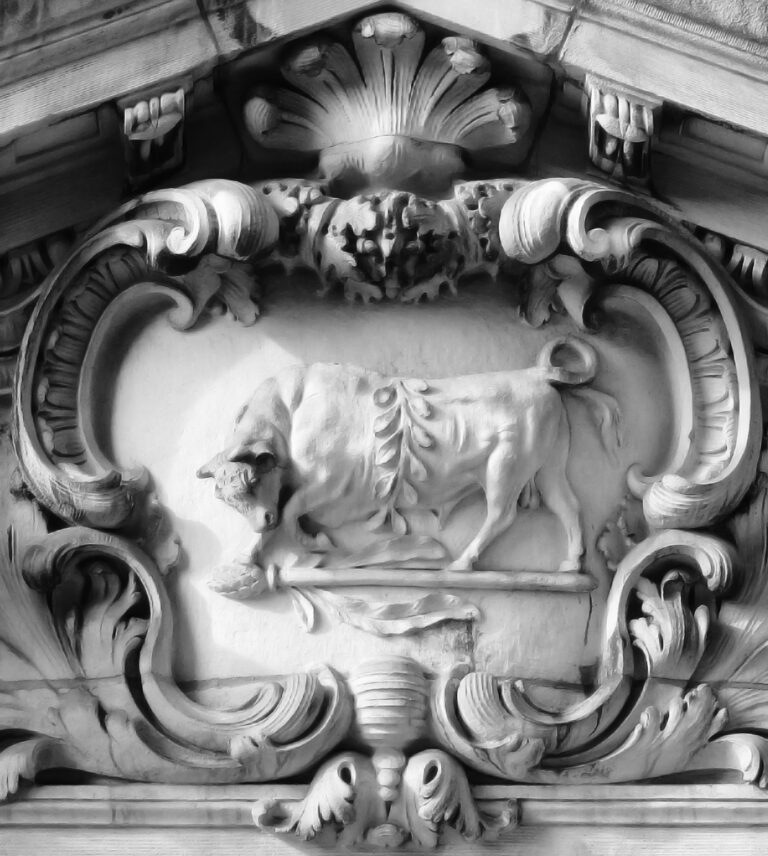Who We Are
Our Mission
To Preserve, Maintain, and Protect
One Plympton Preservation Foundation is a non-profit 501(c)(3) organization whose primary focus is the maintenance and protection of this beautiful and architecturally significant site.

Extraordinary History
The A.D. Club
The Club is a social club, established at Harvard College in 1836. It was originally a chapter of the Alpha Delta Phi fraternity, but surrendered its chapter in 1865 and became the A.D. Club. Its members are Harvard College students and graduates. The Club has a storied past and has had notable members, including Charles William Eliot, President of Harvard University from 1871 to 1908; William Randolph Hearst, the American newspaper publisher who built the nation’s largest newspaper chain; David McKendree Key, United States Ambassador under six U.S. Presidents; the prominent jurist Oliver Wendell Homes, Jr.; Benjamin Bradlee, former Executive Editor of the Washington Post, who oversaw the reporting on the Watergate scandal; and many other distinguished gentlemen–intellectuals, diplomats, philanthropists, captains of industry, soldiers–at the heart of Harvard life and that of the United States.
The Club has been based in Cambridge, MA throughout its history. The first Club rooms were located on the upper story of a brick house on Palmer Street, and were then moved in 1872 to a building on Brattle Street. In 1878, a clubhouse was obtained on the corner of Mr. Auburn and Dunster Streets. The Club moved to its present location at One Plympton Street in 1900. Today the Club is organized as a Massachusetts non-profit corporation, operated for the promotion of social intercourse, friendship and loyalty to Harvard College.
One Plympton Street
A Historic Building
One Plympton is situated on Massachusetts Avenue, the main thoroughfare in Cambridge, in the heart of Harvard Square. It is across the street from Harvard University’s Widener Library and, more generally, Harvard Yard, listed in the U.S. National Register of Historic Places. The Club building is considered to be of “great” importance to Cambridge by the Cambridge Historical Commission. Indeed, a Cambridge Chronicle article published on August 18, 1900 described One Plympton as “by far the largest and handsomest students’ clubhouse.”
The Land where One Plympton rests was purchased by the Club in 1899 from the Niles Estate. The purchase included approximately 5,000 square feet of land, and a large double-house that was being leased to students prior to the sale. After the purchase, the double-house was torn down and the Club’s building that currently sits at 1 Plympton Street was completed in 1900, to a design by two young architects, members of the Club who had recently graduated from the College.
